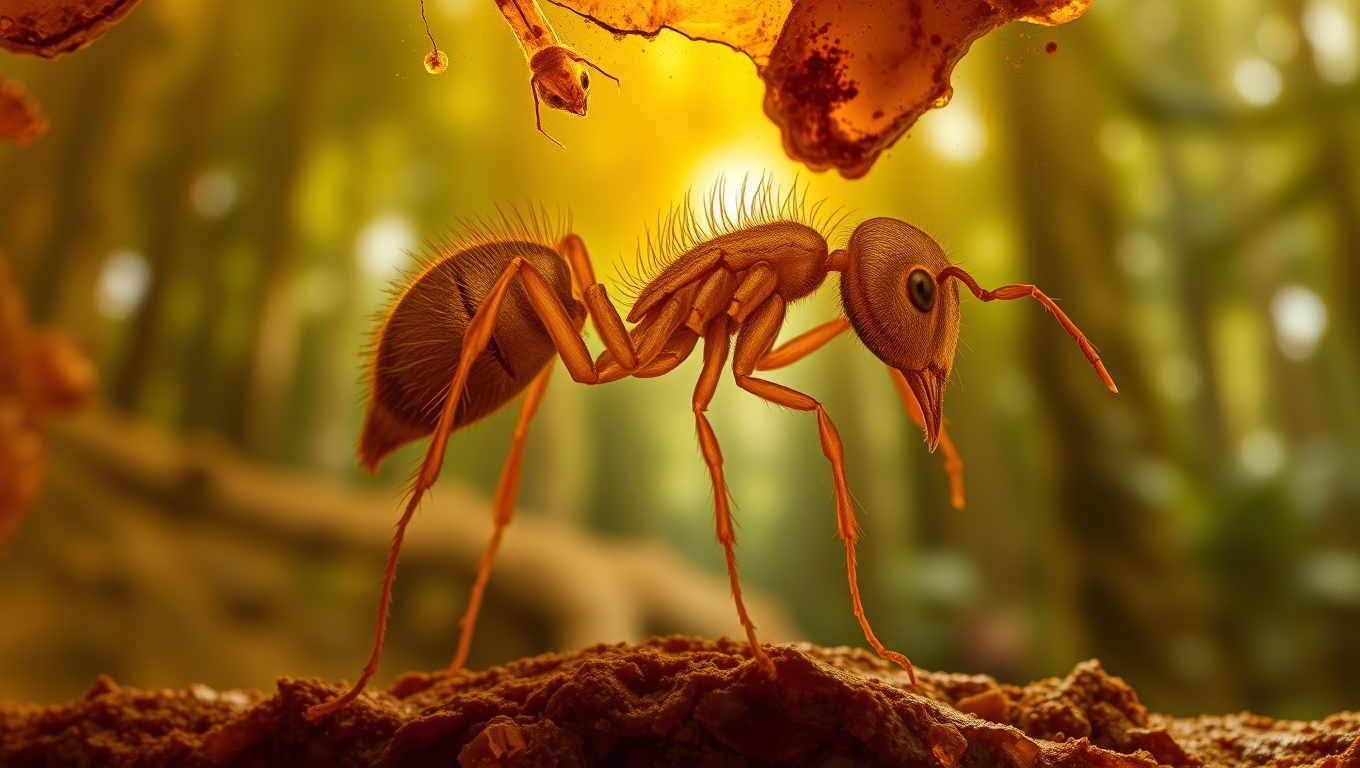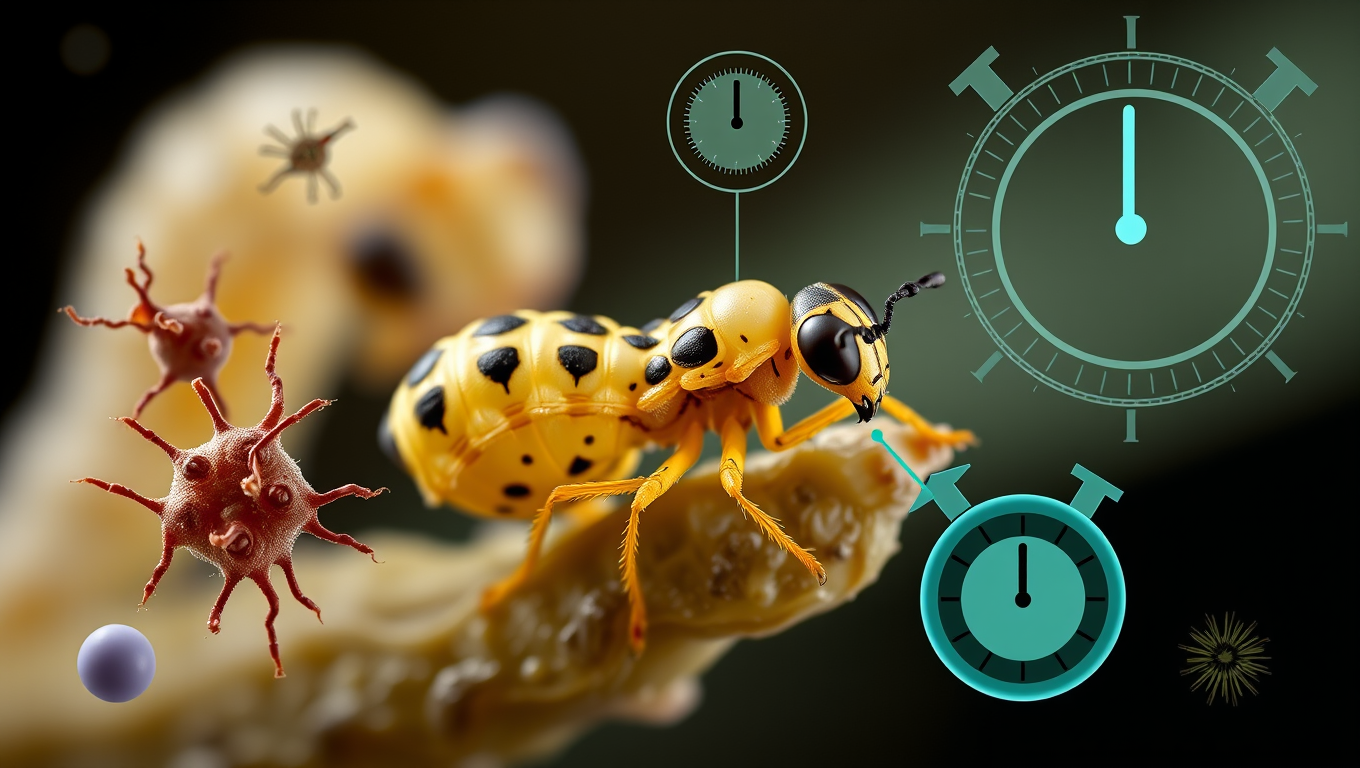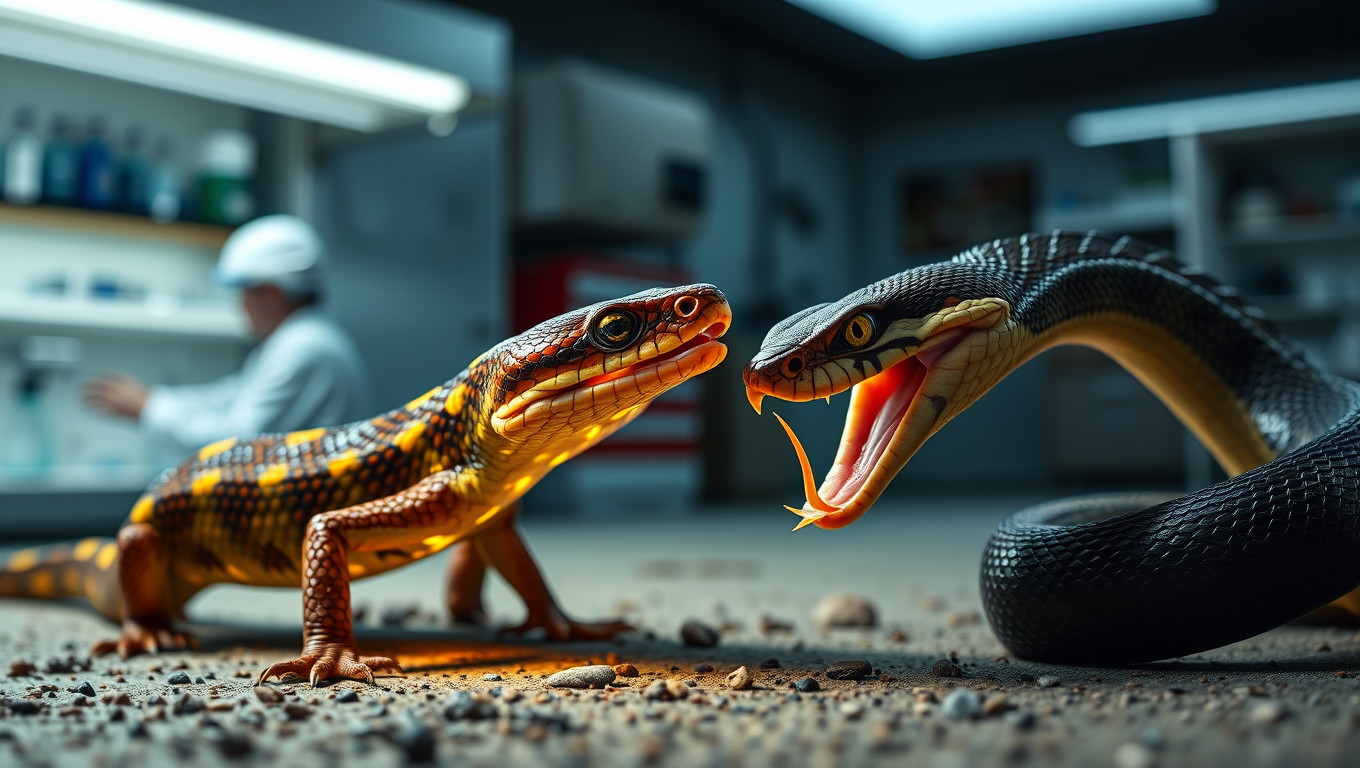While we try to keep things accurate, this content is part of an ongoing experiment and may not always be reliable.
Please double-check important details — we’re not responsible for how the information is used.
Animals
Rewriting the Spider Origin Story: A 500-Million-Year-Old Fossil Reveals Oceanic Arachnid Evolution
Half a billion years ago, a strange sea-dwelling creature called Mollisonia symmetrica may have paved the way for modern spiders. Using detailed fossil brain analysis, researchers uncovered neural patterns strikingly similar to today’s arachnids—suggesting spiders evolved in the ocean, not on land as previously believed. This brain structure even hints at a critical evolutionary leap that allowed spiders their infamous speed, dexterity, and web-spinning prowess. The findings challenge long-held assumptions about arachnid origins and may even explain why insects took to the skies: to escape their relentless, silk-spinning predators.

Animals
Unveiling the Ancient Secrets of the Dirt Ant: A 16-million-year-old Fossil Reveals the Smallest Predator Ant Ever Found
A fossilized Caribbean dirt ant, Basiceros enana, preserved in Dominican amber, reveals the species ancient range and overturns assumptions about its size evolution. Advanced imaging shows it already had the camouflage adaptations of modern relatives, offering new insights into extinction and survival strategies.
Animals
Nature’s Anti-Aging Hack? Jewel Wasp Larvae Slow Their Biological Clock
Scientists discovered that jewel wasp larvae that undergo a developmental “pause” live longer and age more slowly at the molecular level by nearly 30%. This slowdown is tied to conserved biological pathways, hinting at possible applications for human aging.
Animals
“Nature’s Armor: Scientists Uncover Gene Behind Aussie Skinks’ Immunity to Deadly Snake Venom”
Australian skinks have developed a remarkable genetic defense against venomous snake bites by mutating a key muscle receptor, making them resistant to neurotoxins. These tiny but powerful molecular changes mirror those found in cobra-resistant mammals like mongooses and honey badgers. This evolutionary arms race not only shows how adaptable life can be but also offers exciting possibilities for creating new antivenoms and therapies in human medicine.
-

 Detectors6 months ago
Detectors6 months agoA New Horizon for Vision: How Gold Nanoparticles May Restore People’s Sight
-

 Earth & Climate8 months ago
Earth & Climate8 months agoRetiring Abroad Can Be Lonely Business
-

 Cancer7 months ago
Cancer7 months agoRevolutionizing Quantum Communication: Direct Connections Between Multiple Processors
-

 Albert Einstein8 months ago
Albert Einstein8 months agoHarnessing Water Waves: A Breakthrough in Controlling Floating Objects
-

 Chemistry7 months ago
Chemistry7 months ago“Unveiling Hidden Patterns: A New Twist on Interference Phenomena”
-

 Earth & Climate7 months ago
Earth & Climate7 months agoHousehold Electricity Three Times More Expensive Than Upcoming ‘Eco-Friendly’ Aviation E-Fuels, Study Reveals
-

 Diseases and Conditions8 months ago
Diseases and Conditions8 months agoReducing Falls Among Elderly Women with Polypharmacy through Exercise Intervention
-

 Agriculture and Food7 months ago
Agriculture and Food7 months ago“A Sustainable Solution: Researchers Create Hybrid Cheese with 25% Pea Protein”





























